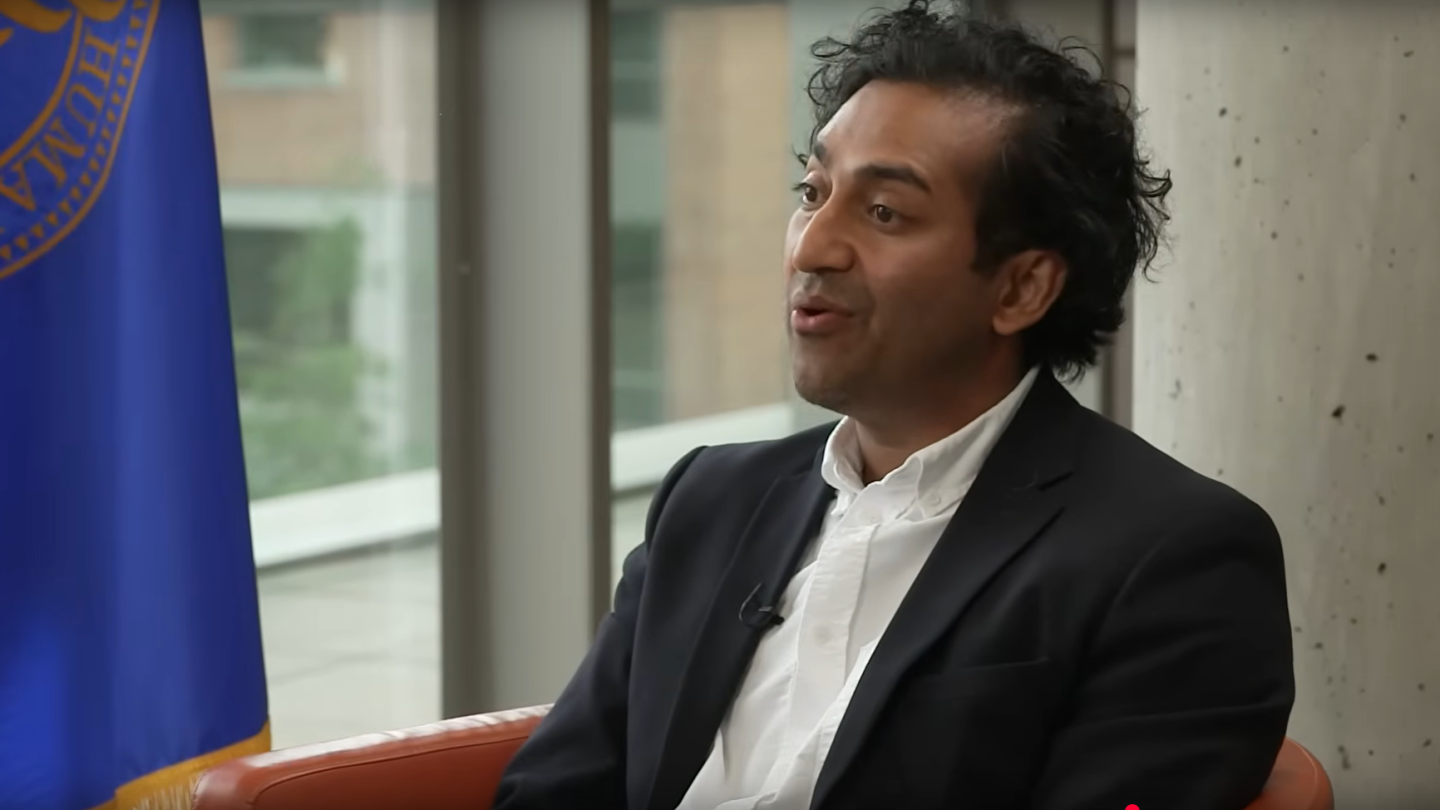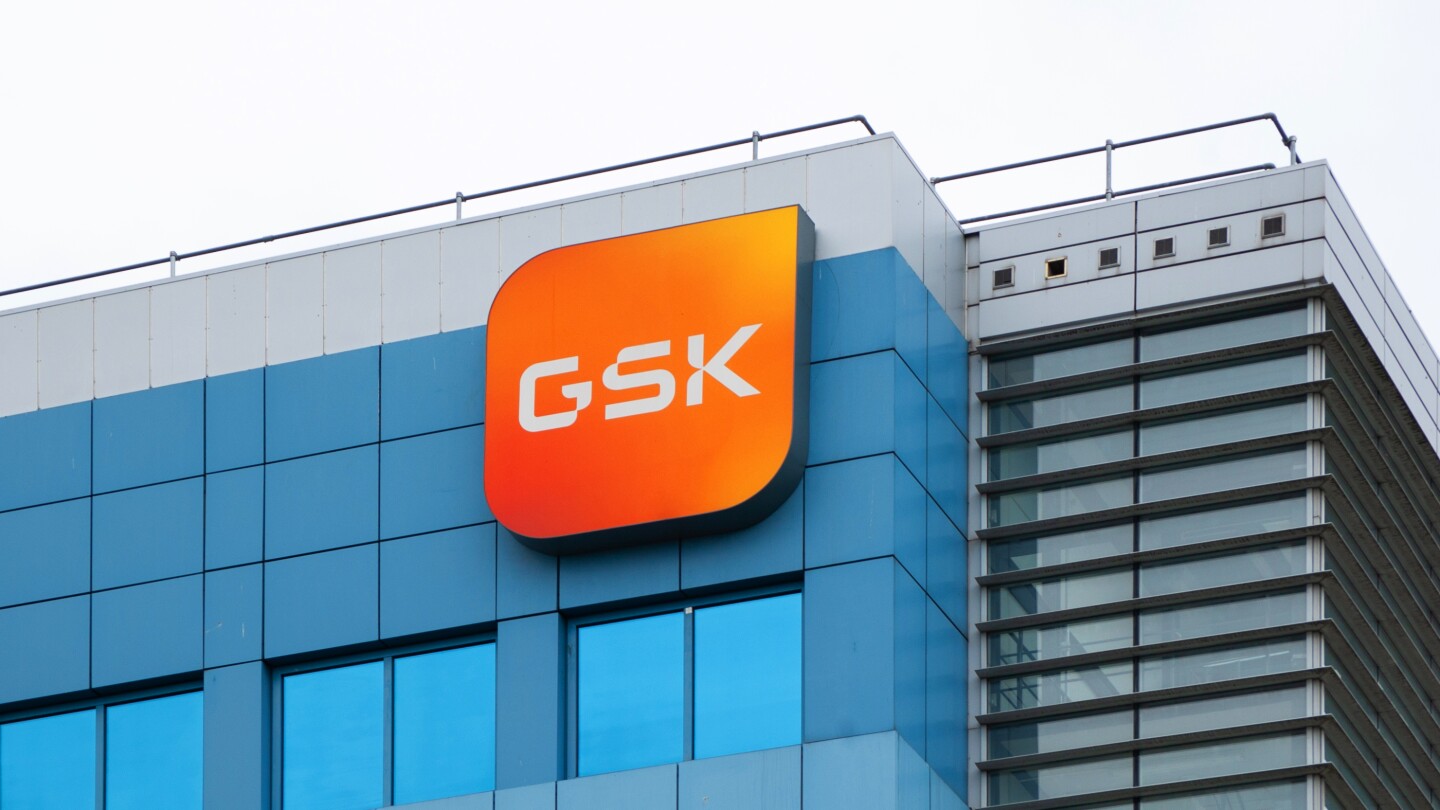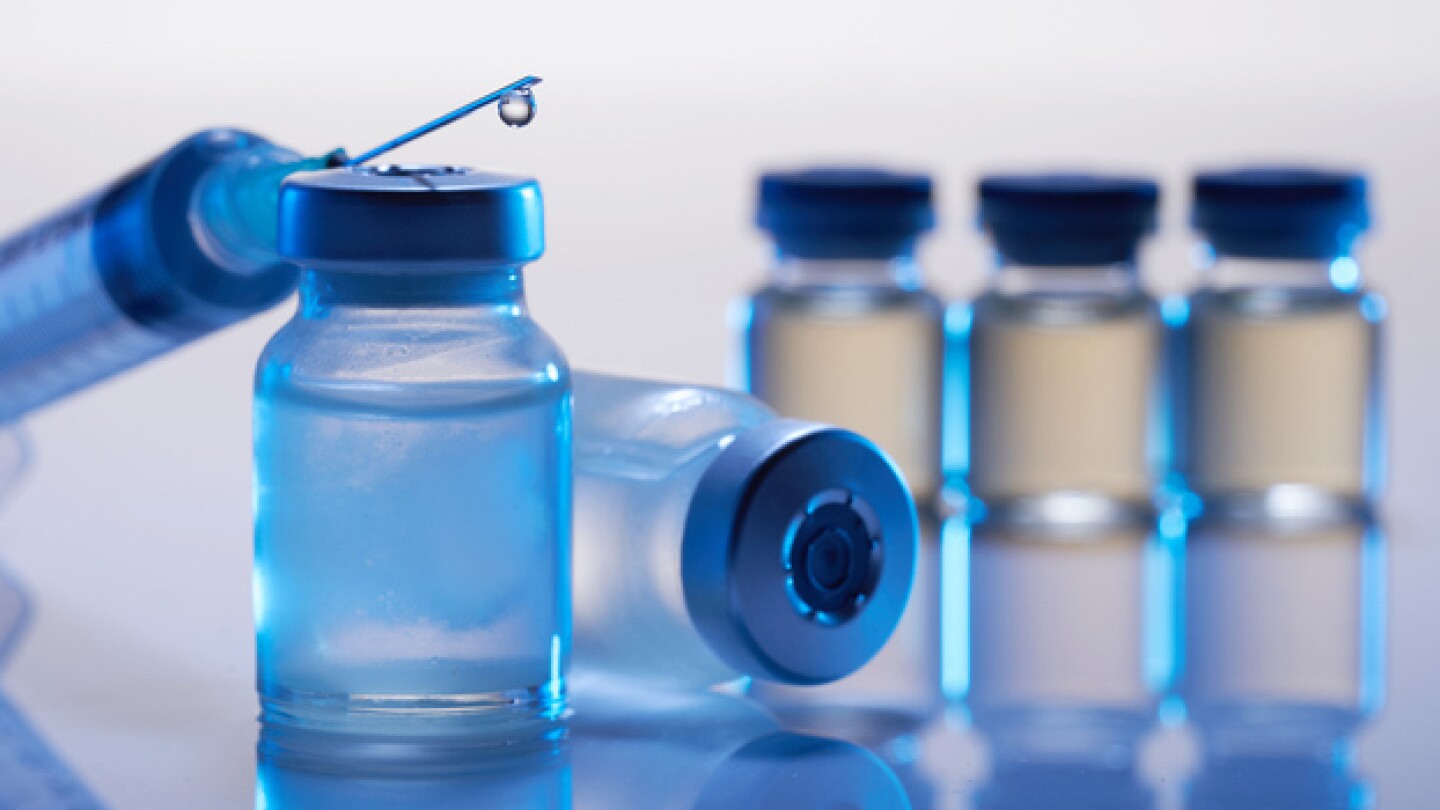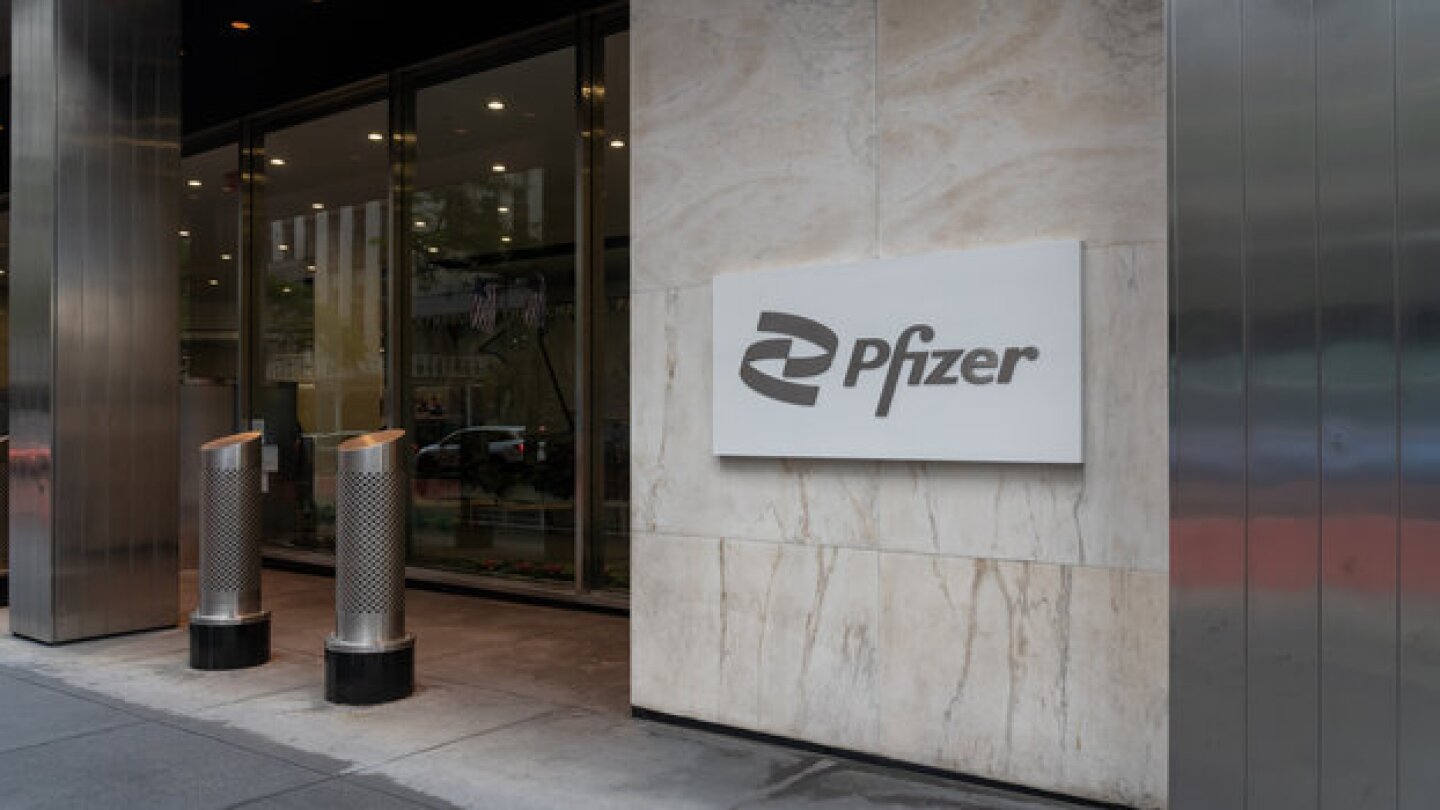FDA
The rollercoaster week for Sarepta Therapeutics continued, with shares of the embattled gene therapy-turned-siRNA biotech down 37% Friday afternoon as media outlets reported FDA plans to request a stop to all shipments of the Duchenne muscular dystrophy therapy Elevidys following a third patient death linked to the underlying platform.
FEATURED STORIES
After the gutting of the Department of Health and Human Services, fears mount about the future direction of the FDA—with regulatory experts predicting delays in drug approvals and greater influence of political appointees.
Lined up for the FDA in the coming weeks are a cell-based gene therapy for a rare skin disease and two product expansions for Regeneron, one with partner Sanofi.
As the biopharma industry grapples with the uncertain macro environment brought on by the new administration, CEOs, regulators and many others speak out.
Subscribe to ClinicaSpace
Clinical trial results, research news, the latest in cancer and cell and gene therapy, in your inbox every Monday
THE LATEST
The FDA plans to “rapidly make available” rare disease drugs and make use of surrogate endpoints to get promising medicines to patients before they clear the traditional efficacy bar for authorization, Prasad said Tuesday.
Jefferies analysts said the approval was largely expected and an “incremental positive” for Moderna amid questions about the FDA’s attitude toward mRNA and COVID-19 vaccines that have investors worried.
The overturning of the FDA’s lab-developed tests rule is just the tip of the iceberg. With the loss of Chevron deference, power has shifted from federal agencies to the courts, with potential implications for everything from the FDA shortage list to CMS drug price negotiations.
Arguably the most notable of the FDA’s upcoming decisions is that regarding Gilead’s twice-yearly HIV prophylaxis lenacapavir.
Here’s how companies can ensure they’re in compliance with new requirements that go into effect in August.
As the World Health Organization initiates a new agreement for coordinating global responses to future pandemics, the future of vaccine development in the U.S. faces growing challenges, including waning funding and regulatory changes, that threaten next-gen COVID-19 vaccine candidates and pandemic preparedness more broadly.
The approval tees GSK up to challenge Sanofi and Regeneron, which in September 2024 won the first biologic approval for COPD for their blockbuster antibody Dupixent.
The advisory committee meeting comes days after the FDA unveiled a new risk-based approval framework for COVID-19 vaccines.
Canada’s health agency says it has been “taking all necessary action safeguard the drug supply and ensure Canadians have access to the prescription drugs they need.”
The FDA’s independent advisors found Pfizer’s data lacked the precision needed to establish the efficacy of Talzenna in patients with prostate cancer who do not carry HRR mutations.
















